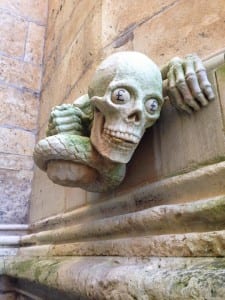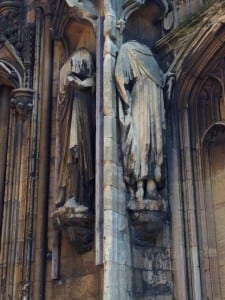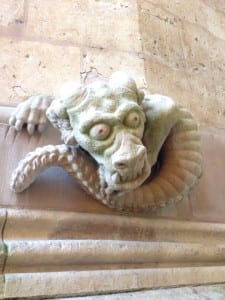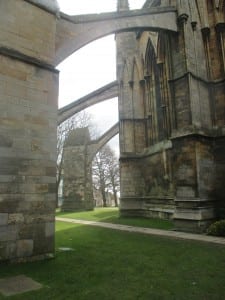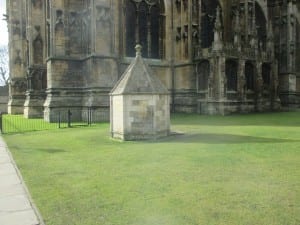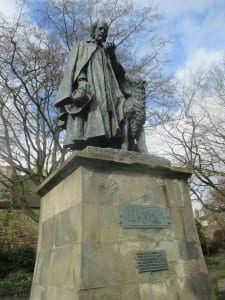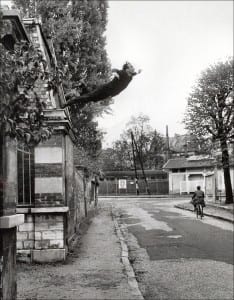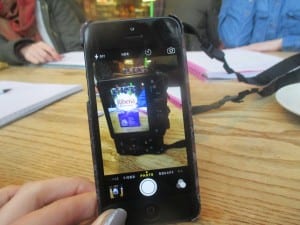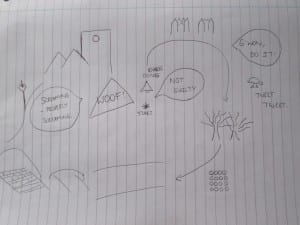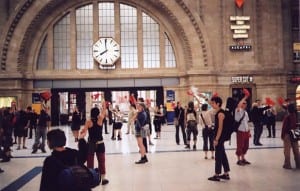It’s interesting to look at the perception of each and every person and how one can change their perception, as well as how perceptions can change from one person to another. However do we truly think about how this may affect someone else? It is shown that people are more likely to care when the decisions that they make influence others, they feel connected as well as having a sense of empowerment.
In day to day life it is interesting to take a step back and look around at what others do, do they follow their friends? Or make their own decisions? Do they follow their parents? Or make up their own minds? Are they allowed to explore their own fields in which they are interested? Or are their paths laid out to them as a guide but they follow strictly afraid to take a chance?
Psychological connectedness is a form built between different people, it could be between similarity’s in their beliefs, minds, memories, experiences, likes, dislikes, anything in which is found similar to each person where they can ‘connect’ on the matter. Psychological connectedness is especially important when thinking about the times where people felt alone, where they had the belied their was no one their for them. However with this connection the small experiences shared gather a group or even just two people and allow them to share this time, this sequence or this moment together and therefore allow them to have this shared moment as a memory forever. (Li and Zhang, 2014)
Taking this into account, I would like our audio game to empower people, to make those who feel alone feel connected in some way. Therefore the connection will be in the moments where groups of people gather together or join to do the same task, such as looking up, or joining in the same area, running across the same paths etc. The idea of strangers creating a memory together and maybe forming a relationship through this short connection shows how easy it for us all to talk to each other, to interact, however we should question why we don’t!
Li, X. and Zhang, M. (2014) The Effects of Heightened Physiological Needs on Perception of Psychological Connectedness. Journal of Consumer Research, 41 (4) 1078-1079.

